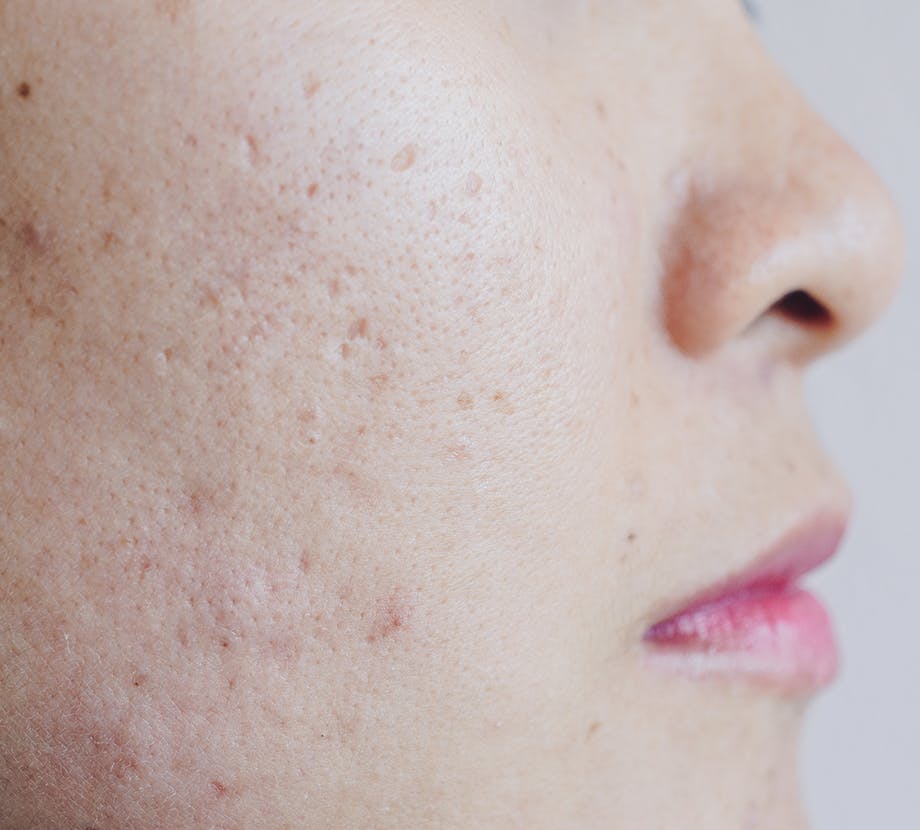Can deep, uneven acne scars be made less visible?
Yes. If your facial skin is uneven, pitted, or discolored, significant improvement can be made with laser skin resurfacing, a chemical peel, dermabrasion, or injections of dermal fillers.
How long will it take for a scar revision to heal?
You may experience swelling, discomfort, and bruising after some scar revision treatments, which will fade within one to two weeks in most cases.
Are there risks with undergoing scar revision?
In most cases, the risks are minimal. It is possible, in some cases, for skin discoloration to be a side effect. For surgical scar revision, standard risks such as infection or reactions to anesthesia rarely occur.


